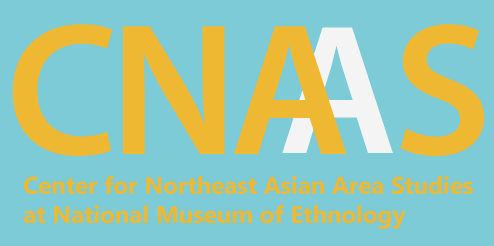![[image]](../../images/member_fujio.jpg)
- FUJIO Shin'ichiro
- National Museum of Japanese History
- Professor
- By creating high-precision, calibrated calendar dating using the method of carbon 14 dating, we located the start of wet rice cultivation in Japan as far back as the 10th century BC. At present, we are engaged in creating calibrated calendar dating for a span of 1,900 years, from the 13th century BC, when full-scale dry-field farming began in the southern part of the Korean Peninsula, to the sixth century AD in the period of the Three Kingdoms of Goguryeo, Baekje, and Silla.
In this project, we will conduct dating and oxygen isotope measuring vis-à-vis tree-ring materials that were excavated from these regions and aim to restore humidity changes along a high-precision temporal axis. Then, we would like to elucidate the actual circumstances of primitive and ancient communities of Northeast Asia including the Korean Peninsula and the Japanese archipelago from the perspective of not only political history but also environmental changes.

![[image]](../../images/member_fujio.jpg)